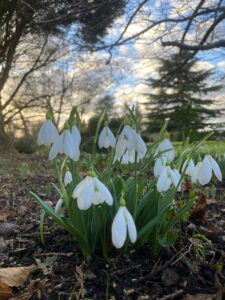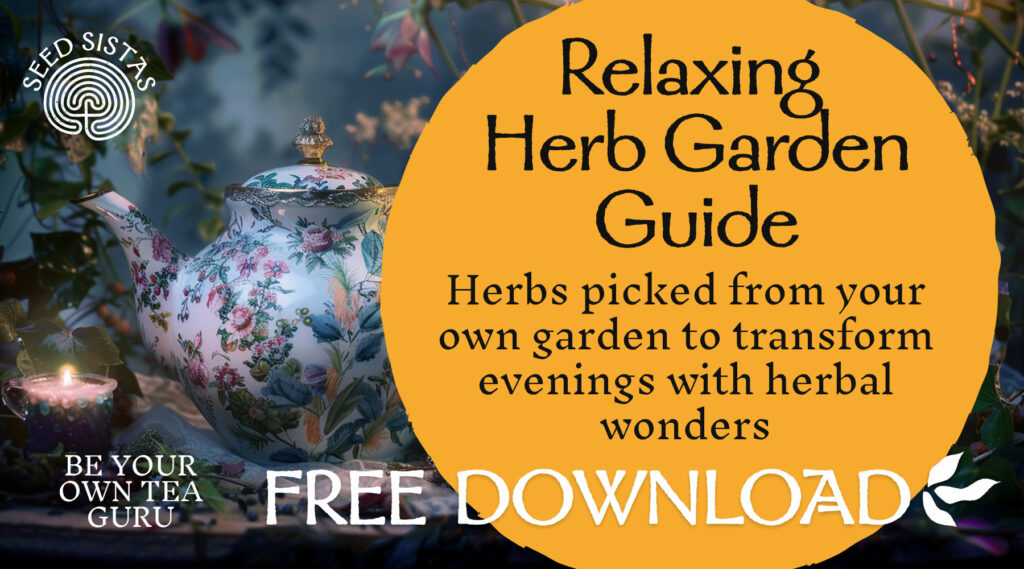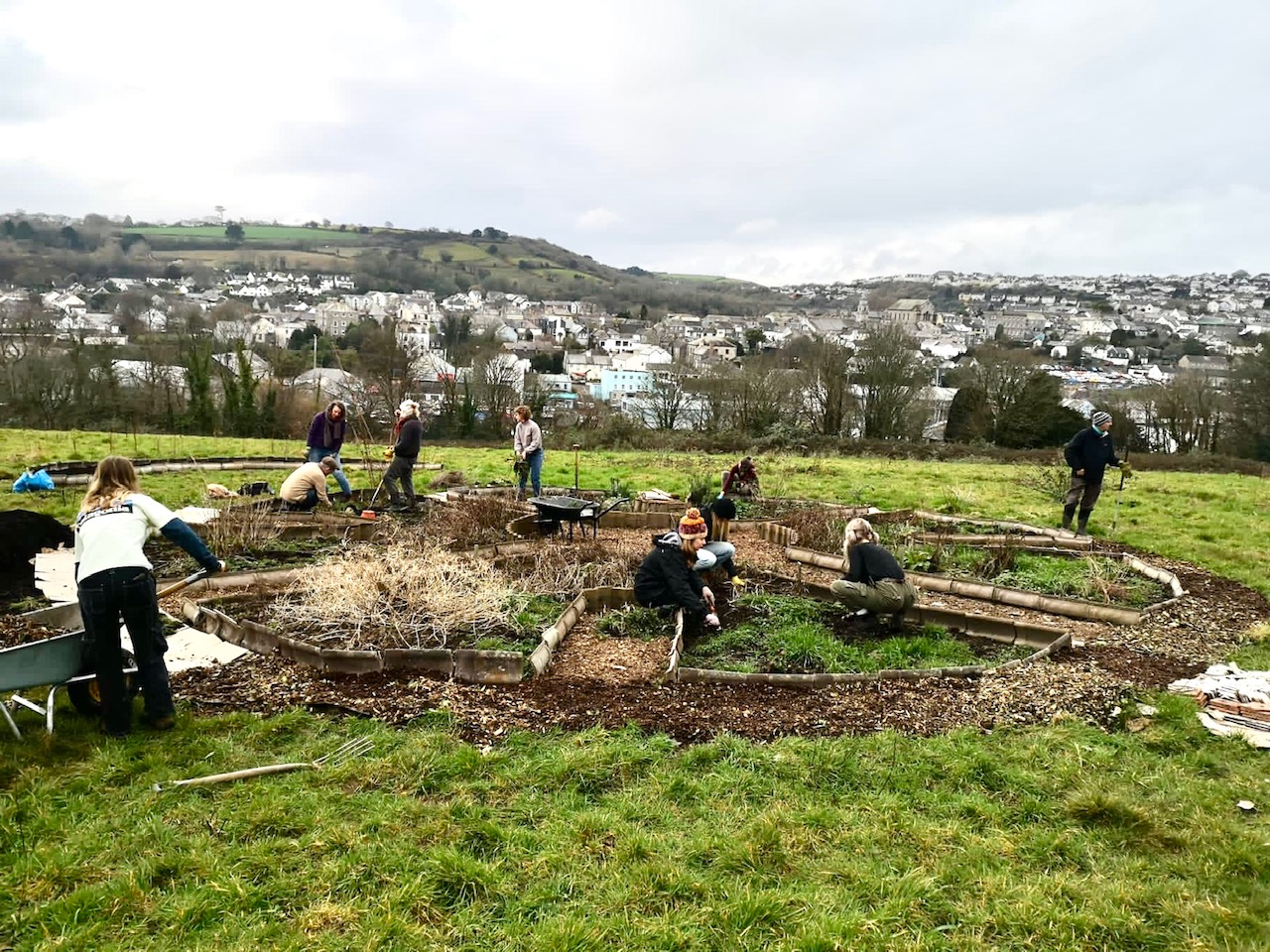The glorious snowdrop is an iconic flower that is not just a pretty sight. There is so much more depth to this delicate winter beauty that signals to us Spring when they makes an appearance! Known as the ‘Fair Maid of February’, it’s no wonder snowdrops are the flower of February.
The flower has mythology as a bringer of hope and purity; the green coloured stem of the snowdrop symbolises health and well being, whilst the white symbolises the light of the winter sun, which is now beginning to grow stronger as the days lengthen.
Literally, one of the very first signs that life is renewing with the gentle lengthening of light of the spring months. This plant is not native to the UK (they were first recorded growing wild in Britain in the 18th century), but these hardy, bell shaped, flowers have become a recognisable weather and seasonal gauge… and a promise that warmer weather is approaching.
The snowdrop’s Latin name is Galanthus nivalis, Galanthus translates as milk-white flowers, and nivalis means ‘snowy’. As they flower so early, snowdrops do not rely on pollinators to reproduce. Instead, they spread via bulb division thus one bulb can become many.
Way back in Ancient Greece, the Snowdrop was celebrated for the plants consciousnesses shifting abilities, and its potential for being a poison antidote; Written about in Homer’s Odyssey, Homer described Odysseus taking the snowdrop to clear his mind of Circe’s bewitchment and poisoning: ‘the root was black, while the flower was as white as milk; the gods call it Moly’.
Herbal Medicine
This plant has been prescribed throughout history by herbalists for a variety of ailments including for the treatment of pain, migraines and headaches, and has been classified as antibacterial, antifungal, antiparasitic (malaria), antiviral, antioxidant, anticancer, anti-inflammatory, cardiotonic, stomachic and emmenagogue.
These bulbs, lying just underneath the soil, contain galantamine, an alkaloid with strong medicine working on our brain and neurotransmitters. Long used by herbalists for the treatment of cognitive decline and more recently, approved as a drug in the management of Alzheimer’s disease. Another of the plants many compounds, Lectin, a protein is being studied with regard to its potential activity against HIV.
Folklore of the Snowdrops – the Flower of February
‘At the beginning of all things when life was new, the Snow sought to borrow a colour. The flowers were much admired by all the elements but they guarded their colour’s jealousy and when the Snow pleaded with them, they turned their backs in contempt for they believed the Snow cold and unpleasant. The tiny humble snowdrops took pity on the Snow for none of the other flowers had shown it any kindness and so they came forth and offered up to the Snow their colour. The Snow gratefully accepted and became white forevermore, just like the Snowdrops. In its gratitude, the Snow permitted the little pearly flowers the protection to appear in winter, to be impervious to the ice and bitter chill. From then on, the Snow and the Snowdrops coexisted side by side as friends.’
Old Germanic Tale








